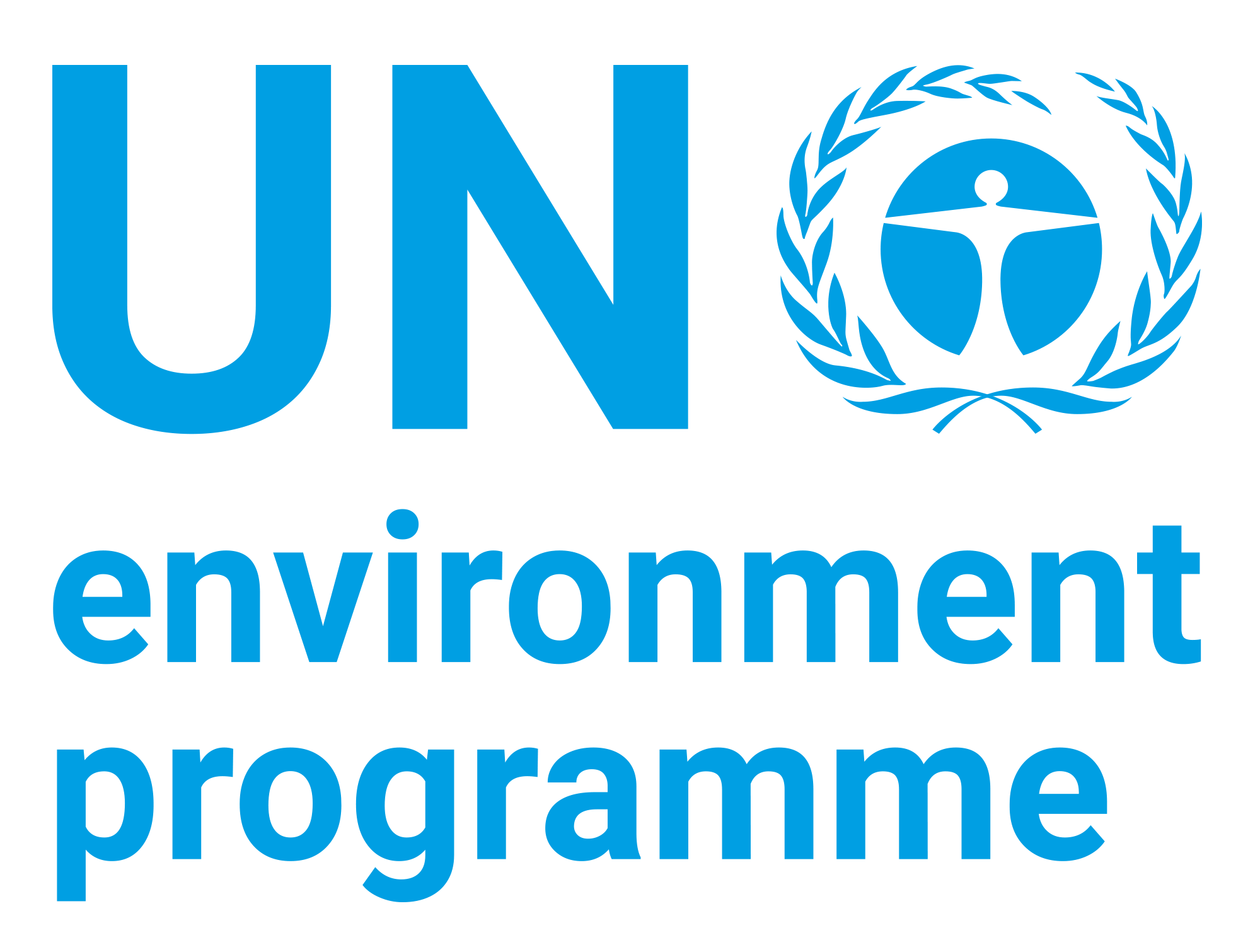| dc.contributor | Ecosystems Division | en_US |
| dc.contributor.author | United Nations Environment Programme | en_US |
| dc.contributor.author | Food and Agriculture Organization of the United Nations | en_US |
| dc.contributor.other | Kernick, M.D. | en_US |
| dc.coverage.spatial | Africa | en_US |
| dc.date.accessioned | 2019-09-25T08:08:17Z | |
| dc.date.available | 2019-09-25T08:08:17Z | |
| dc.date.issued | 1978 | |
| dc.identifier.isbn | 92-5-100564-8 | en_US |
| dc.identifier.uri | https://wedocs.unep.org/20.500.11822/30066 | |
| dc.description | The study is the first phase of a programme for the selection, testing, seed exchange and eventually improvement through a breeding programme of forage plants - the programme has two objectives to improve the yield and agronomic characteristics of these forage plants and particularly their possible use in reseeding grazing lands and especially those depleted, degraded or endangered by desert encroachment ; to facilitate crop/livestock integration and soil conservation by introducing into the crop sequence those forage plants adapted to local conditions. It is endeavoured to proceed with this second phase in close collaboration with national and regional institutions. | en_US |
| dc.format | Text | en_US |
| dc.language | English | en_US |
| dc.rights | Public | en_US |
| dc.subject | forage crop | en_US |
| dc.subject | plant | en_US |
| dc.subject | grass | en_US |
| dc.subject | legume | en_US |
| dc.subject | seed | en_US |
| dc.subject | Africa | en_US |
| dc.subject | North Africa | en_US |
| dc.subject | Middle East | en_US |
| dc.title | Ecological Management of Arid and, Semi-Arid Rangelands in Africa and the near Middle East (EMASAR - Phase II) Volume IV: Indigenous Arid and Semi-Arid Forage Plants of North Africa, the Near and Middle East - Technical Data | en_US |
| wd.identifier.sdg | SDG 15 - Life on Land | en_US |


